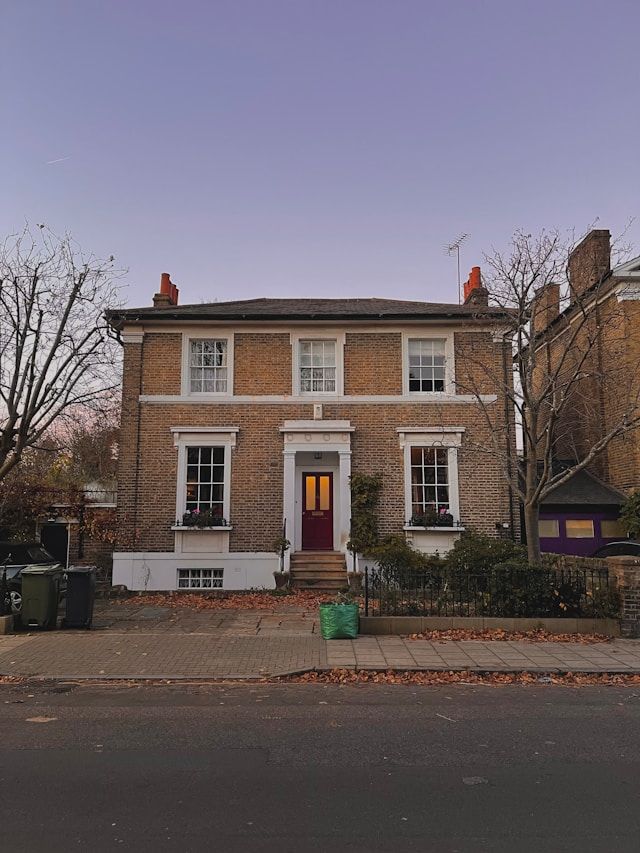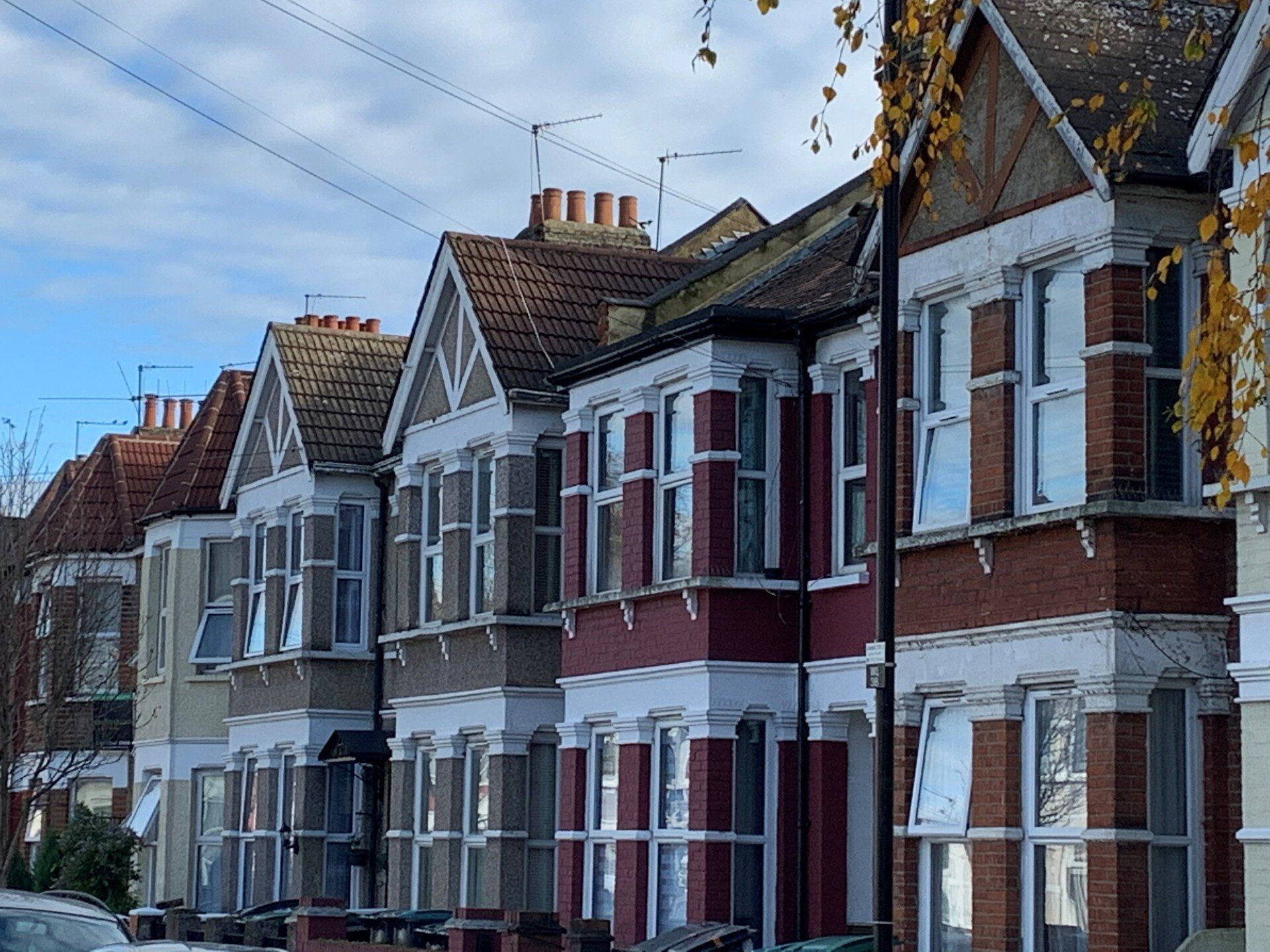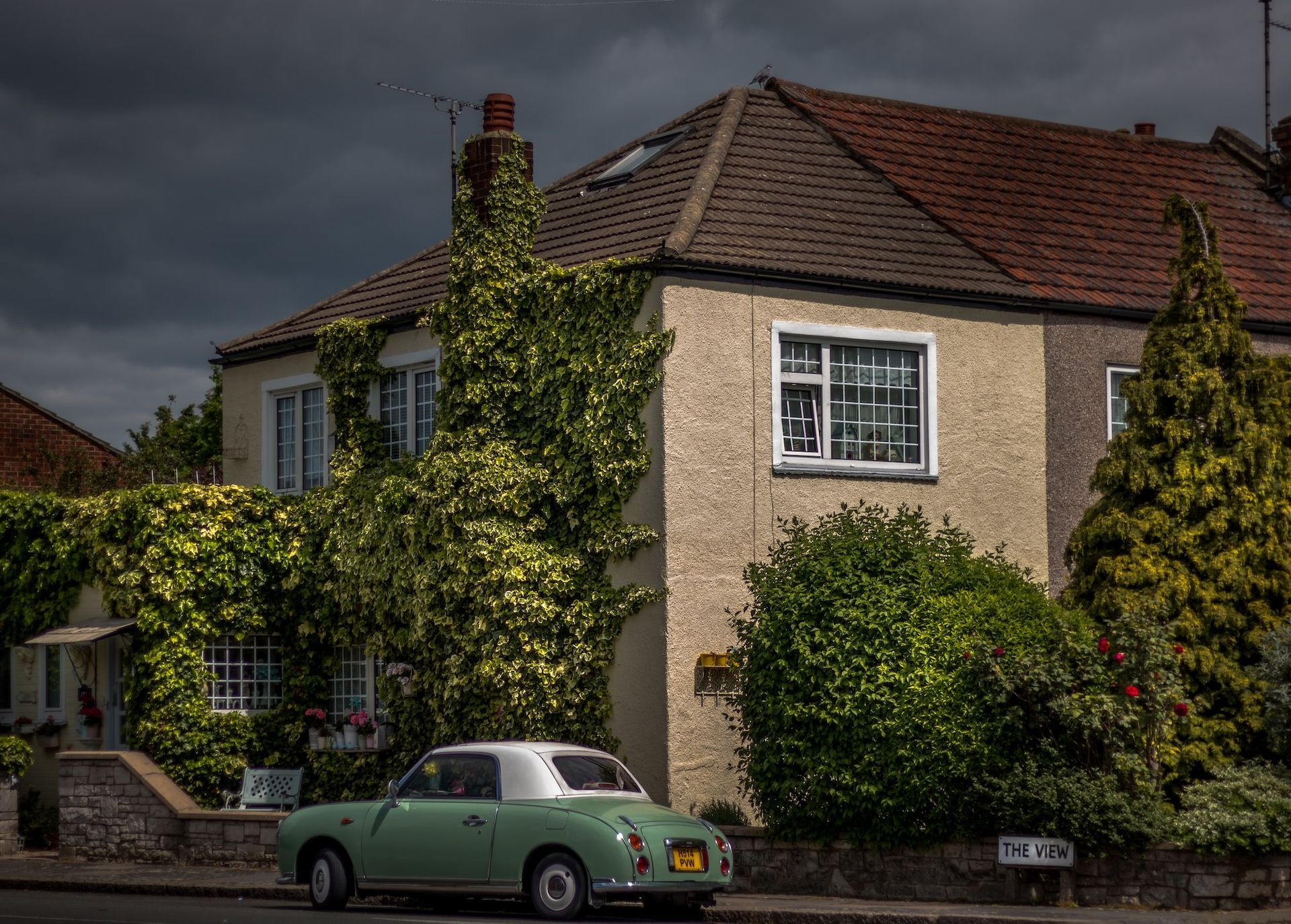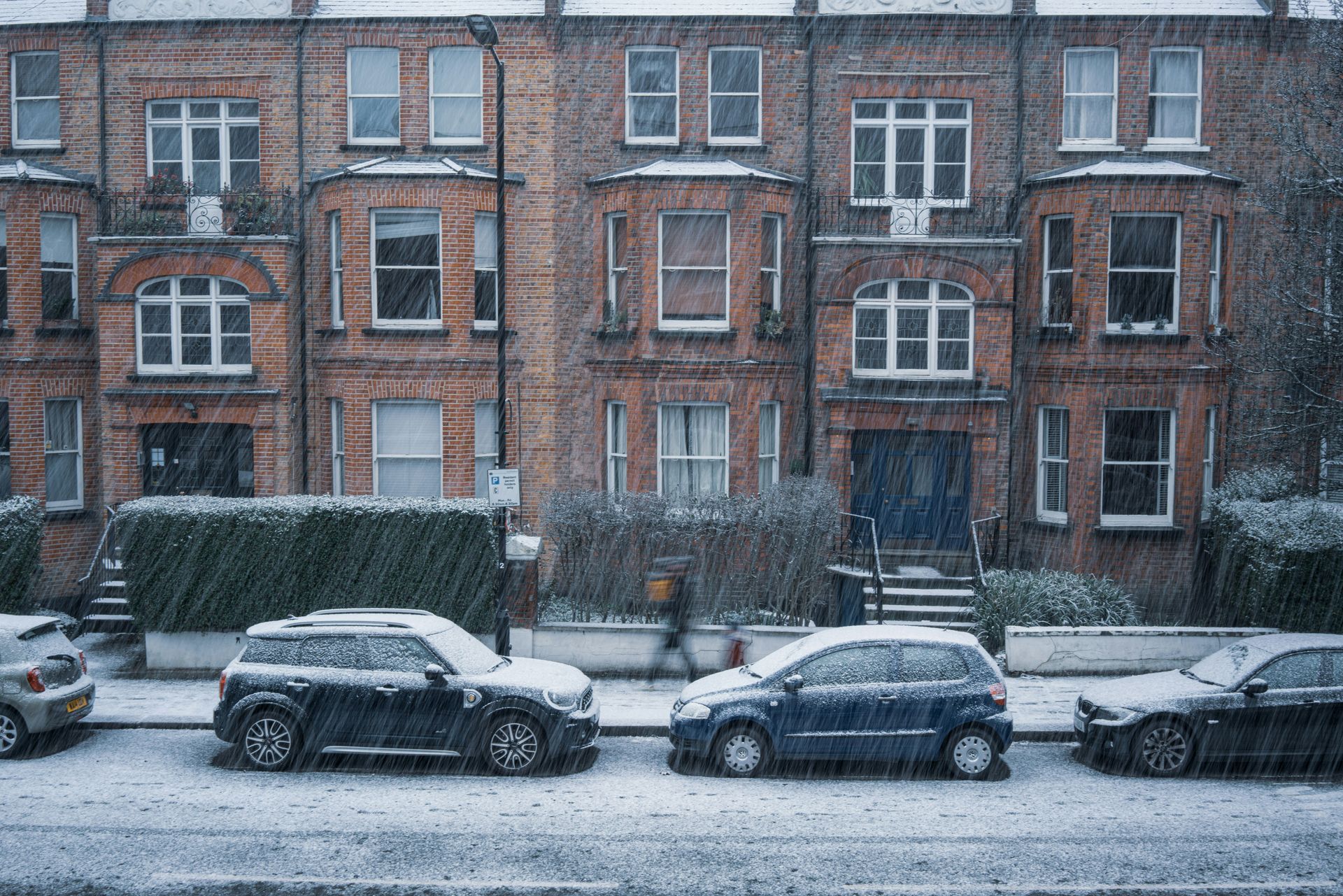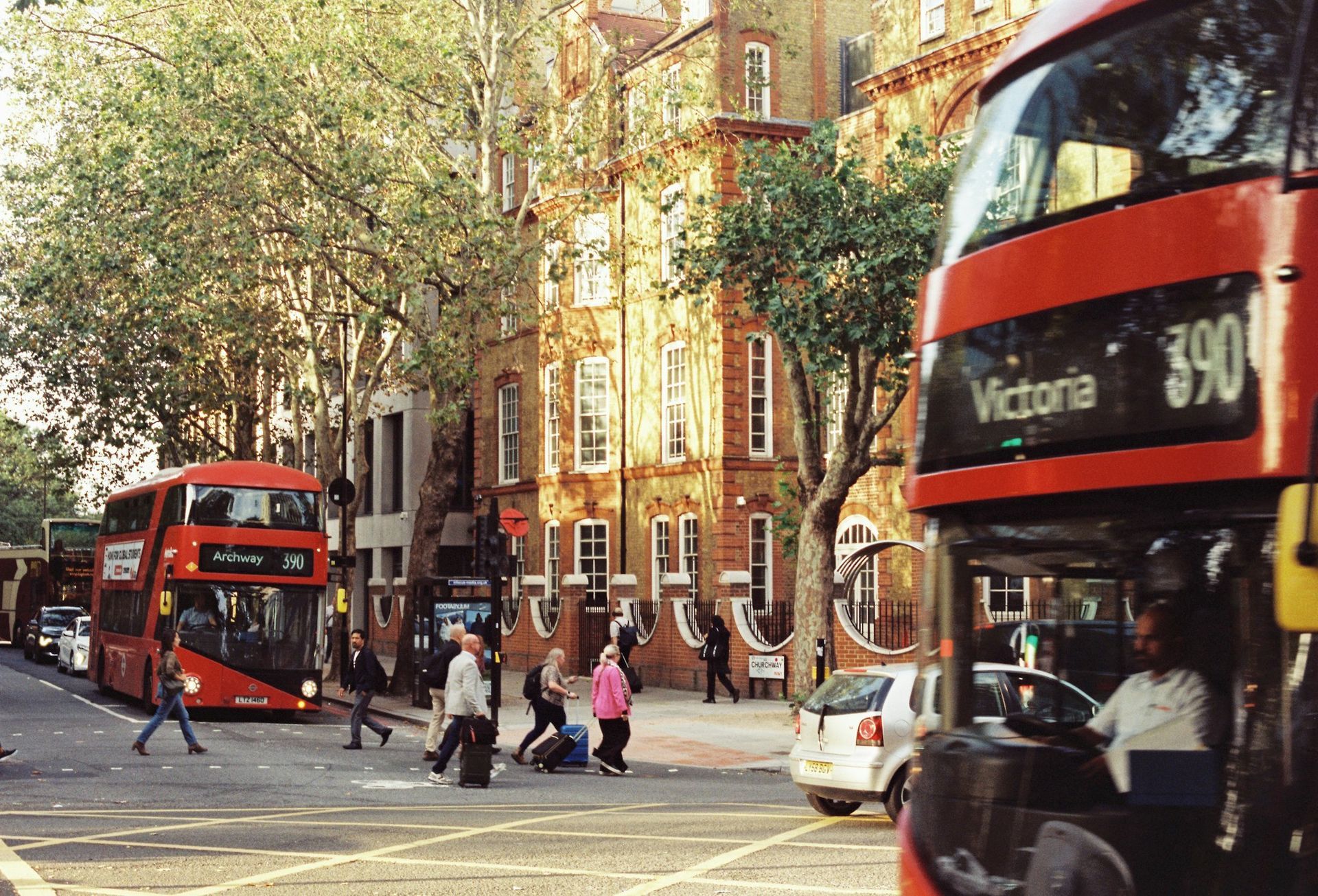Is a Garden Wall Shared? Exploring Property Boundaries and Wall Ownership
The ownership and shared responsibility of a garden wall can often be a subject of confusion and disputes between neighbors. Determining whether a garden wall is shared or solely owned by one party depends on various factors, including local laws, property boundaries, agreements between neighbors, and historical usage. In this article, we will delve into the topic of shared garden walls, exploring the factors that determine their ownership and discussing common scenarios and legal considerations.
Understanding Property Boundaries
To determine the ownership and shared responsibility of a garden wall, it is essential to have a clear understanding of property boundaries. Property boundaries define the limits of each parcel of land and are typically established through land surveys or legal descriptions. These boundaries may be marked by physical structures like fences, walls, or boundary markers, or they may be defined by legal documentation.
In cases where a garden wall straddles the boundary between two properties, it is crucial to examine the property deeds or land registry documents to determine if any mention is made of shared ownership or responsibilities regarding the wall. Such documents may provide specific details regarding the ownership or maintenance obligations of the garden wall.
Historical Usage and Agreements
In some situations, the historical usage and agreements between neighbors can play a significant role in determining the ownership and shared responsibility of a garden wall. For example, if a garden wall has been in place for a long time and both neighboring properties have historically maintained and used the wall, it may be considered a shared structure. In such cases, a prescriptive easement or an agreement between the parties may be legally binding, allowing for shared ownership or responsibilities.
However, it is important to note that historical usage alone may not be sufficient to establish shared ownership. Local laws and regulations, as well as the specific circumstances surrounding the wall, must be taken into account to arrive at a conclusive determination.
Local Laws and Regulations
The laws and regulations governing property ownership and boundaries can vary from one jurisdiction to another. It is crucial to consult the applicable local laws and regulations to understand the specific rules regarding shared walls in your area. In some cases, local regulations may provide clear guidelines on the ownership and maintenance responsibilities of garden walls, whereas in others, the matter may be subject to interpretation or case law.
Legal Presumptions
In the absence of clear documentation or agreements between neighbors, legal presumptions may come into play when determining the ownership of a garden wall. For instance, in some jurisdictions, there is a legal presumption that a wall built along a property boundary is jointly owned by the adjoining property owners. This presumption can be rebutted by evidence demonstrating a different arrangement or agreement.
Disputes and Resolving Ownership Issues
Disputes regarding shared garden walls can arise due to differences in interpretation, changes in property ownership, or a lack of clear documentation. When faced with such disputes, it is advisable to try resolving the matter amicably through open communication and negotiation with the neighbor.
If amicable resolution is not possible, seeking legal advice from a qualified professional, such as a real estate attorney or mediator, can be helpful. They can review the relevant documents, gather evidence, and provide guidance on the applicable laws and potential legal remedies.
In some cases, it may be necessary to involve a court or a land tribunal to settle the dispute. The court will consider all relevant evidence and legal arguments before making a determination on the ownership and responsibilities of the garden wall.
Conclusion
Determining whether a garden wall is shared or solely owned by one party requires careful consideration of property boundaries, historical usage, local laws, agreements, and legal presumptions. It is crucial to consult legal professionals and local regulations to gain clarity on the specific rules and procedures applicable in your jurisdiction. By understanding the factors that determine the ownership of a garden wall and seeking appropriate guidance, you can navigate disputes and ensure a fair resolution that respects the rights and responsibilities of all parties involved.
For more information call us at 020 3875 9279 or email us.
